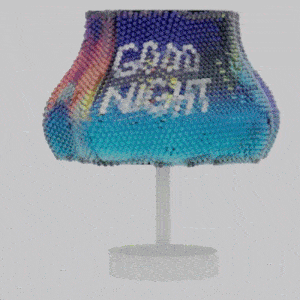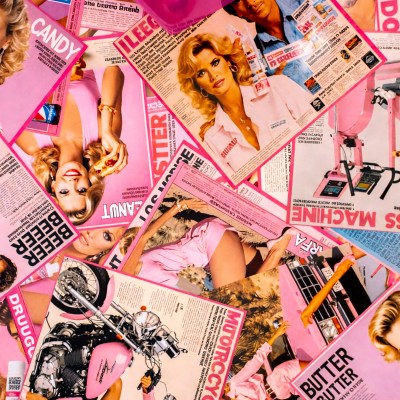A research project shows that it’s possible to create complex single-piece lenticular objects, or objects that have lenticular lenses built directly into them. The result is a thing whose appearance depends on the viewer’s viewpoint. The object in the image above, for example, is the same object from five different angles.
What’s really neat is that these colorful things have been 3D printed as single objects, no separate lenses or assembly required. Sure, it requires equipment that not just everyone has on their workbench, but we think a clever hacker could put the underlying principles to work all the same.

The effect is essentially the same as what is sometimes seen in children’s toys and novelties — where a perceived image changes depending on the viewing angle. This principle has been used with a lenticular lens sheet to create a clever lenticular clock, but there’s no need to be limited by what lenses are available off the shelf. We’ve seen a custom 3D printed lenticular lens slapped onto a mobile device to create a 3D screen effect.
Coming back to the research, the objects researchers created go beyond what we’ve seen before in two important ways. First is in using software to aid in designing the object and it’s viewpoints (the plugin for Rhino 3D is available on GitHub), and the second is the scale of the effect. Each lens can be thought of as a pixel whose color depends on the viewing angle, and by 3D printing the lenses, one can fit quite a lot of them onto a surface with a high degree of accuracy.
To make these objects researchers used PolyJet 3D printing, which is essentially UV-cured resin combined with inkjet technology, and can create multi-color objects in a single pass. The lenses are printed clear with a gloss finish, the colors are embedded, and a final hit of sprayed varnish helps with light transmission. It sure beats placing hundreds of little lenses by hand.
Continue reading “Embedding Lenticular Lenses Into 3D Prints”



















